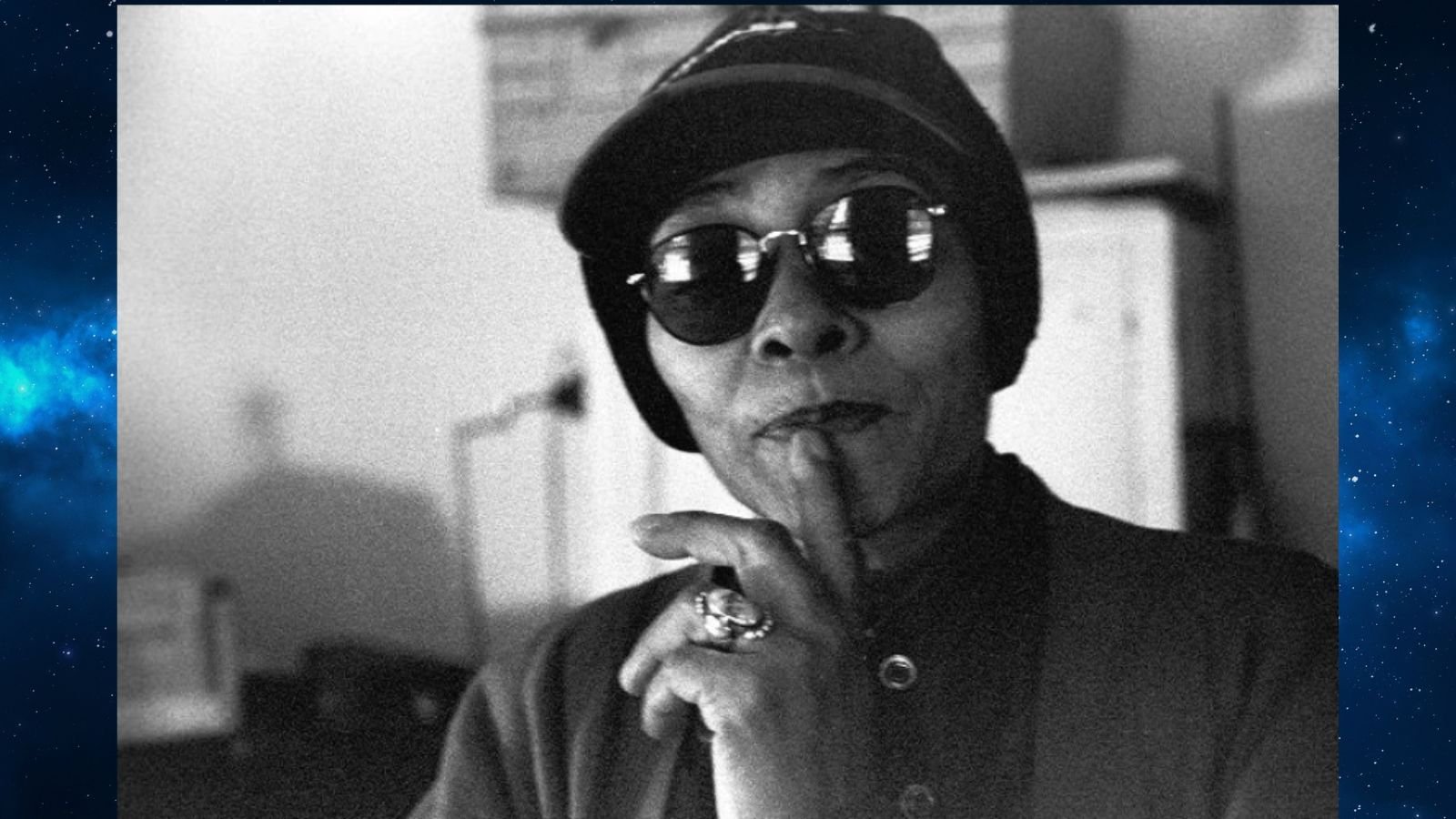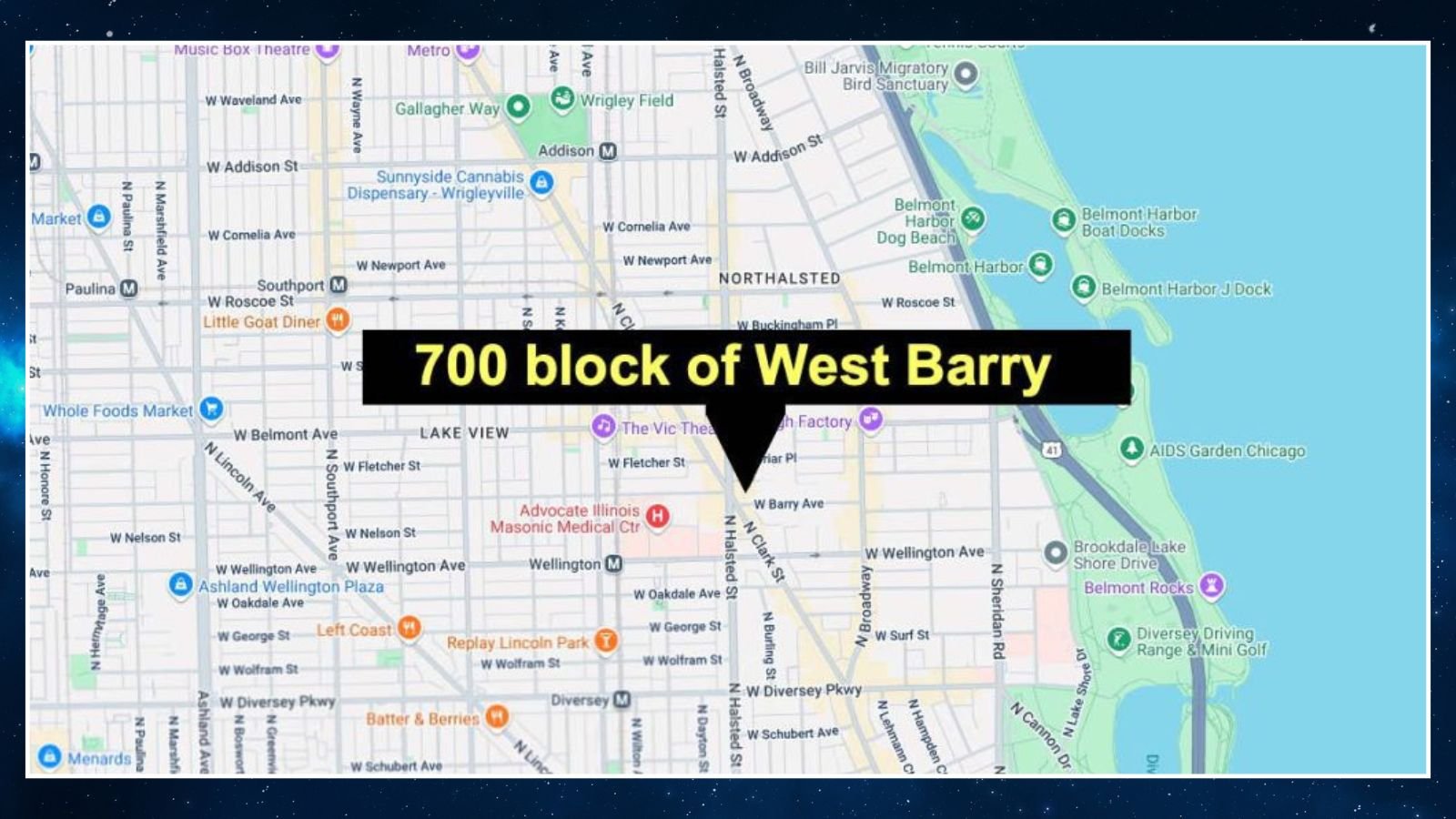CHICAGO — For millions of CTA riders, Maria Tampico was more than just a musician — she was a cherished fixture of Chicago’s daily commute. Known for her vibrant performances at the Blue Line’s Washington stop, Tampico brought music, movement, and heart to the city’s underground for over four decades. She passed away on May 14 in her Chicago apartment of natural causes. She was 76.
An Icon Beneath the Streets
With her signature tap shoes, a guitar slung over her shoulder, and a violin mounted on top, Maria Tampico transformed subway platforms into impromptu concert halls. Her Latin-infused rhythms, accented by whistling, dancing, and soulful singing, provided a joyful break in the day for busy commuters.
“She was Chicago’s subterranean songstress,” said Suree Towfighnia, a filmmaker who first encountered Maria in 2006 and was so moved that she created a short documentary about her. “I missed my train because I was listening to her play.”
A Musical Legacy Born from Family and Struggle
Born Rosa Maria Salis on Oct. 31, 1948, Tampico grew up in Chicago’s Jane Addams Homes in Little Italy. Her parents had emigrated from Argentina. Her father died before she was born, and her mother — a passionate opera singer and crossing guard — raised her four children with resilience and music.
“She taught us how to play instruments and took us to Maxwell Street to perform,” Maria once said. “She told me one day you might have to sing for your supper. And she was right.”
Her mother’s maiden name, “Tampico,” became Maria’s chosen surname and stage identity.

Busking Became Her Career — And Her Calling
After years of teaching children with developmental disabilities, Tampico turned to busking full time in the early 1980s after her mother died and she began caring for her brother. The flexibility and expression busking offered became a lifeline — both financially and emotionally.
Initially armed with just one instrument, she found the solo sound “too lonely.” So she carried both her guitar and violin, sometimes even adding percussion through her shoes. The combination gave her a feeling of being surrounded by family.
“I know they were there with me — that’s when the music just started to roll and flow,” she said in Towfighnia’s documentary.
A Style All Her Own
Dressed in a beret, sunglasses, slacks, a buttoned-up shirt, and sport coat, Tampico made an impression beyond her music. Her look evolved out of necessity — a response to the harassment she sometimes faced as a woman performing alone in the subway.
“I quit dolling up because I was having too many guy problems — and girl problems,” she once remarked. Despite the risks, she continued showing up, often before the morning rush, and returned for the evening crowd. To protect her busking spot, she’d sometimes pay another performer to hold her place if she needed a break.

More Than A Busker: A Community Pillar
Outside the subway, Tampico performed at the Chicago Cultural Center and even blues bars like Kingston Mines. She could also play piano and had a deep appreciation for the city’s music culture. In her later years, close friends like Sydney Garza and Sherry Kimura took her out for dinners, dancing, and concerts — including a memorable visit to Buddy Guy’s Legends, where other musicians warmly greeted her.
“There should be a historical marker where she played,” Kimura said. “She was a Chicago icon.”
Towfighnia agreed: “People really loved her.”
Celebrating a Life of Music and Resilience
A celebration of life is currently being planned in her honor. While the subway platform she once filled with rhythm now falls silent, Maria Tampico’s legacy will live on in the memories of those who paused their commute to listen — if only for a few minutes — to the music of a woman who made Chicago’s underbelly sing.
Did you ever hear Maria Tampico perform on the CTA Blue Line? Share your memories in the comments on ChicagoSuburbanFamily.com and help us honor her musical legacy.










